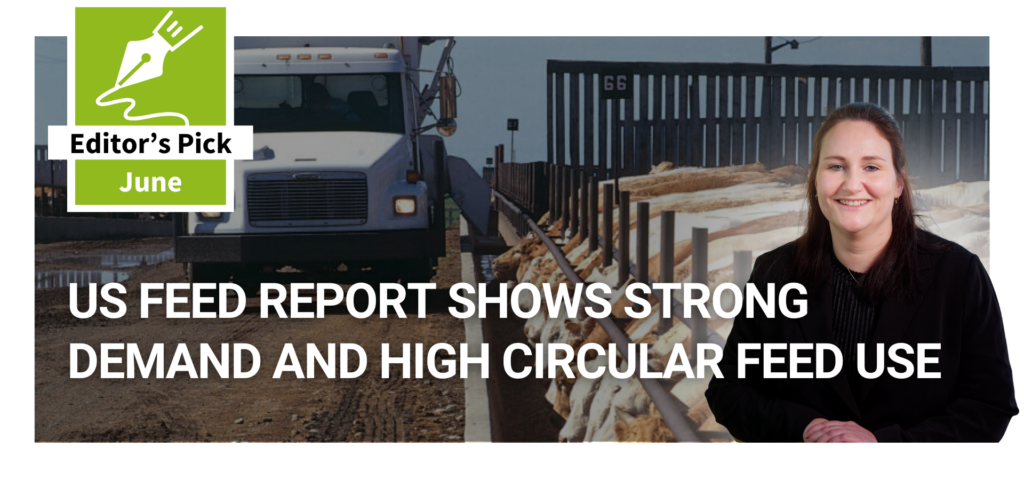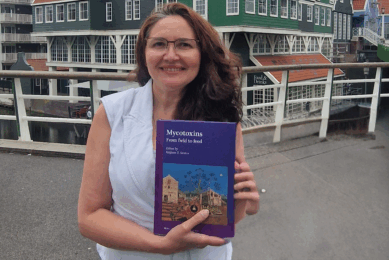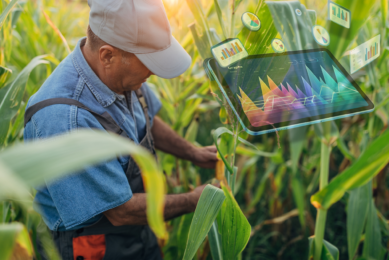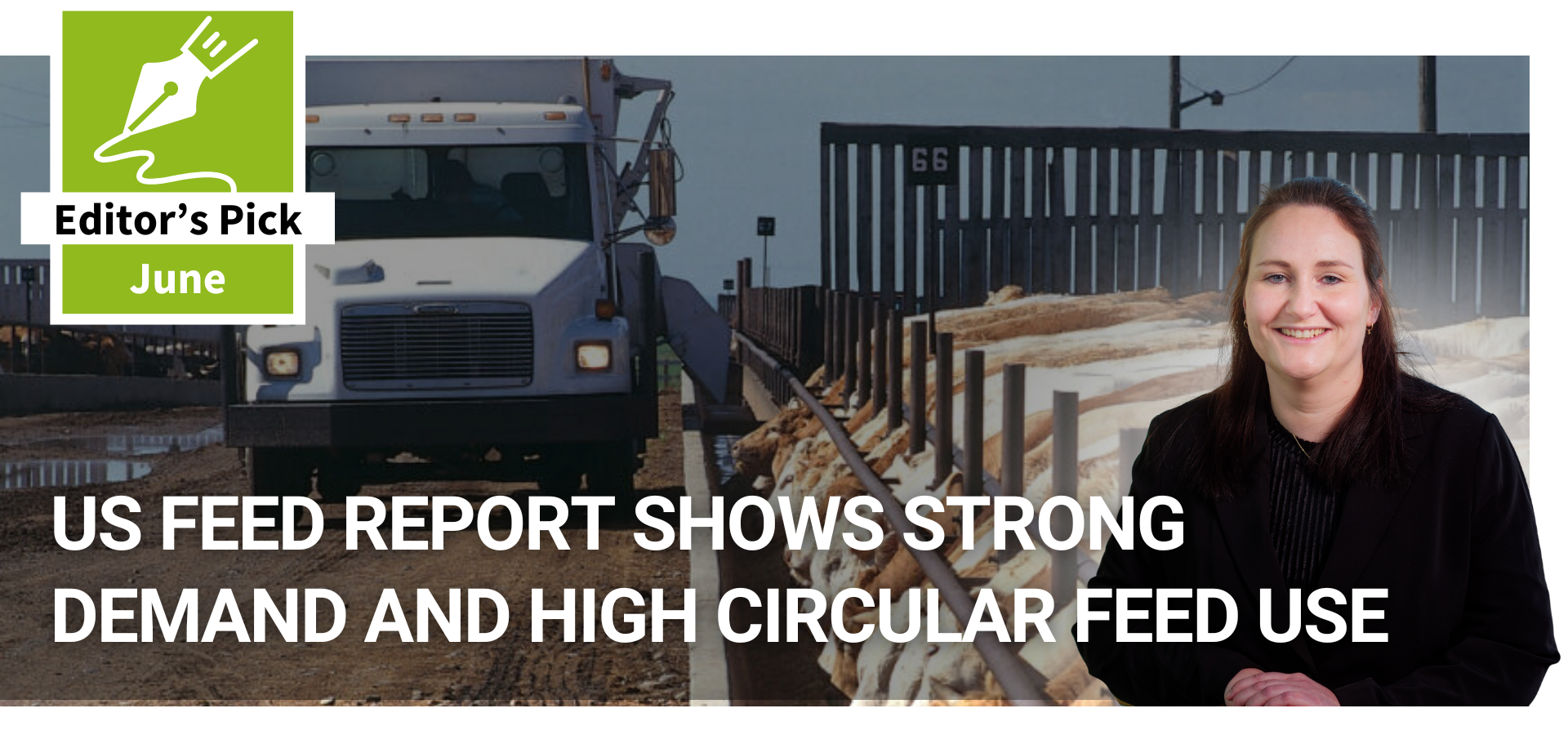World Mycotoxin Report: Impact 2019
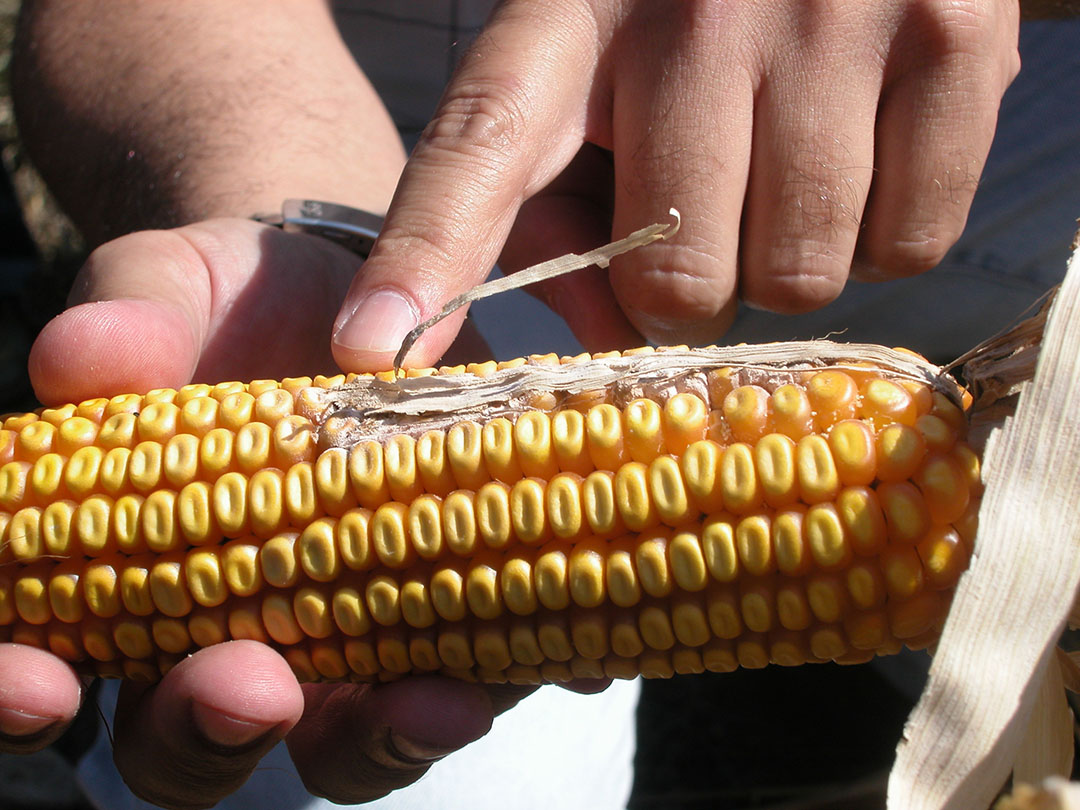
Fumonisins are still abundant at high concentrations in raw commodities in recent years, according to results from the latest inisghts.
This has been concluded from the samples tested. The results have been published in the annual World Mycotoxin Survey from animal nutrition company Biomin.
Most corn affected by fumonisins
“In recent years, fumonisins proved to be the most prevalent mycotoxins globally among the major agriculturally relevant mycotoxins, which also include aflatoxins, zearalenone, deoxynivalenol, T-2 and ochratoxin A,” observed Alexandro Marchioro, Product Manager for Mycotoxin Risk Management at Biomin. In 2018, 68% of samples analysed tested positive for fumonisins; corn (maize) in particular has been subjected to effects from these mycotoxins. Fumonisins, which are produced by Fusarium proliferatum and F. verticilloides, predominantly contaminate corn and corn by-products. These moulds are also responsible for producing the second most commonly found mycotoxin, deoxynivalenol, also known as vomitoxin.
Trends in different regions
“The shift in the composition of the mycotoxin threat is noticeable when comparing data sets over the years. Additionally, the co-contamination of mycotoxins is a considerable point we should bear in mind. These data underscore the importance of monitoring mycotoxin contamination, as mycotoxin occurrence varies in different regions,” Marchioro explained.
Regional examples of mycotoxin risk:
- In North America, deoxynivalenol is the most prevalent, reaching 67% of total samples with an average of 735 parts per billion (ppb).
- 96% of corn samples in Asia tested positive for fumonisins with maximum concentrations of 47,485 ppb. Aflatoxin remains a topic in Asia with 44% of prevalence in finished feed.
- In Argentina, the average concentration of fumonisins rose from 2800 ppb in 2017 to 4762 ppb in 2018.
- In Europe, the most prevalent mycotoxin is deoxynivalenol.
Live webinar and survey results
On 26 February 2019, Biomin and Romer Labs will host a live webinar on the World Mycotoxin Report with special attention to the possible impact of these mycotoxins on animals and feed producers in 2019, the potential of multi-mycotoxin analysis and innovative technologies for mycotoxin deactivation.
Two online sessions are offered in order to facilitate participation from various time zones, and the webinar is free to attend. Online registration is required at www.biomin.net. Webinar attendees will be the first to receive the 2018 Biomin Mycotoxin Survey report.



